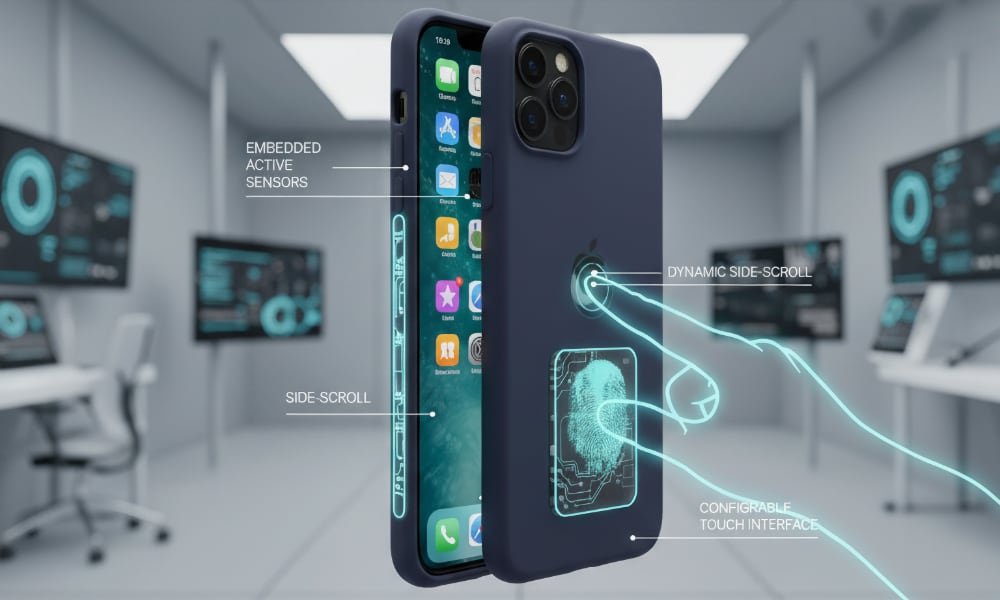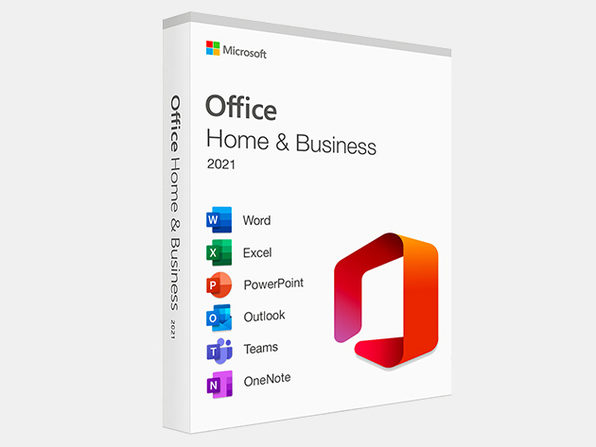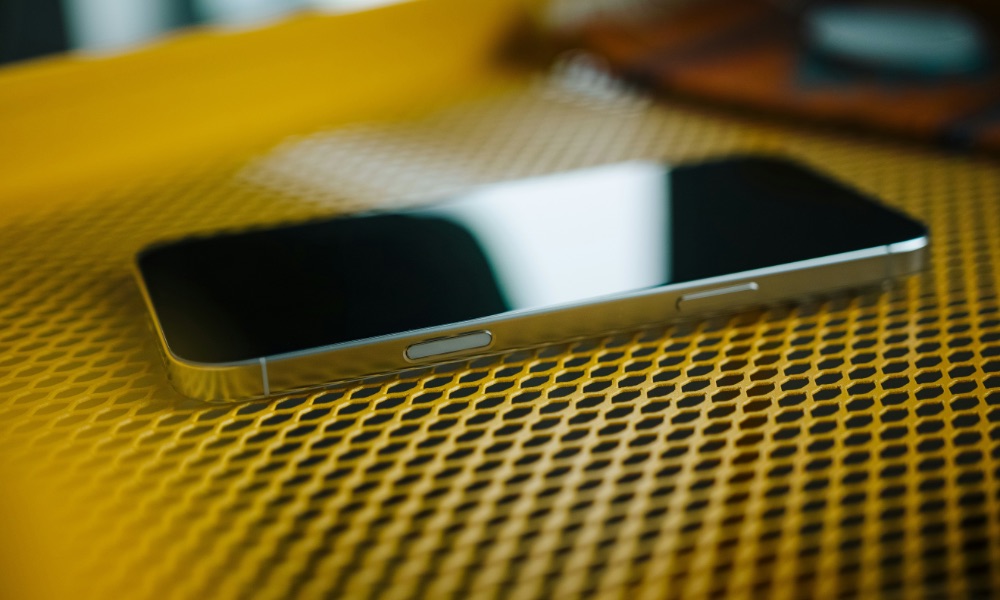Apple May Be Working on Smart Cases That Double as Controls
 iPhone Smart Case Concept Image
iPhone Smart Case Concept Image
Toggle Dark Mode
Apple has long offered its own line of relatively minimalist iPhone cases, but it might soon have a way of setting these apart from the rest of the pack by offering even deeper integration with the iPhone.
When Apple introduced MagSafe to the iPhone 12 five years ago, it came with an extra twist: in addition to providing a magnetic attachment and faster wireless charging, Apple also incorporated NFC so that accessories could identify themselves to the iPhone.
Initially, this did little more than let your iPhone show a ring graphic on the screen that matched the color of the case you were putting on. However, Apple later extended that toexchange charging status with its MagSafe Battery Pack and even let you tint your home screen icons to match your case in iOS 26.
These features only work with Apple’s own cases, although we’ve never been quite sure whether that’s because Apple refuses to license the necessary technology through its MFi program or accessory makers haven’t pursued what feels like little more than a parlour trick. However, if a new report is accurate, Apple could soon make this integration significantly more useful.
According to Weibo-based leaker “Instant Digital,” Apple is planning to build official protective cases that could serve as “second touch interfaces” for the iPhone.
The leaker, who is also often known as “Setsuna Digital,” has a respectable track record, so there’s reason to believe at least a kernel of truth is buried in here. However, they don’t give us much else to go on, beyond adding, roughly translated from Chinese, that it could “make the iPhone Pro even more Pro.”
To be clear, the report doesn’t even say how these cases would interface with the iPhone — although MagSafe NFC seems the most logical path here, as alternatives would require the cases to occupy the USB port or pack in a battery to power Bluetooth communication. It’s also possible that these might be planned exclusively for a future iPhone model that introduces a new interface — perhaps bringing over the Smart Connector from the iPad, as we’ve heard rumored several times over the years.
Apple has explored several patents for case-based input over the years, but these tend to focus on the nuts and bolts of the technology, leaving plenty of room for speculation about how these touch controls would be used.
It’s safe to assume that Apple won’t move any core features out to the case; volume, sleep/wake, and the action button will almost certainly remain directly on the iPhone. Case-based touch controls would therefore likely be used in one of two ways:
- To mirror the current buttons. This could enable more protective cases that wouldn’t require mechanical pass-through controls, improving structural ruggedness and dust/water protection. It could also make things easier when Apple eventually moves to the solid-state capacitive buttons that have been rumored for the past few years. While Apple’s current cases for the iPhone 16 and 17 already feature a passive capacitive sapphire cap to pass your finger’s signal through to the Camera Control, these new cases would likely be fully active interfaces, eliminating the need to cover every button with sapphire when the rest of them follow the Camera Control’s lead.
- To power “auxiliary” functions. Case-based controls could open up a whole new world of capabilities, from having multiple Action Button-style functions to offering more nuanced camera and music controls. This could also power accessibility features and replace the need to use back tap to create extra buttons.
There’s a lot here that’s fun to think about, but this is still a single rumor, and Apple explores many ideas that never see the light of day, and even the ones its most intentional about sometimes require more time to perfect. After all, we saw reports nearly three years ago that the iPhone 15 would move to solid-state buttons, yet the closest we’ve gotten is the Camera Control, and that took until the iPhone 16 lineup arrived.
[The information provided in this article has NOT been confirmed by Apple and may be speculation. Provided details may not be factual. Take all rumors, tech or otherwise, with a grain of salt.]









